Aluminum conductor steel reinforced cable or acsr wire and cable, comes with numerous applications and types. often known by some just as ACSR cable, is a special kind of stranded cable that has a high capacity and a high strength and is generally utilized in the construction of overhead power lines.
Aluminum was selected to be used in the ACSR cable’s outer strands due to the metal’s superior conductivity, low weight, and affordable price. Steel was chosen for the central thread because it possesses the necessary strength to hold the load without causing the aluminum, which is ductile, to become stretched. Because of this, the cable has a tensile strength that is very high overall.
Wires made of aluminum alloy 1350-H19 are used in the fabrication of ACSR. These wires are concentrically stranded around a steel core. Core wire for ACSR can be purchased galvanized to class A, B, or C; it can also be aluminum coated (AZ); or it can have an aluminum-clad steel core (AL). Grease can be applied to the corer in order to provide further corrosion protection, or grease can be infused throughout the entire cable. Both of these options are available.

Because it is so far below the skin depth, where almost no AC current flows, the increased resistance of the steel core has little impact on the transmission of electricity. This is because it is positioned so deeply within the cable.
Specifications:
Wire made of aluminum, type 1350-H19, intended for use in electrical applications B-230
B-231: Aluminum conductors that are stranded in a concentric lay configuration
Aluminum conductors that are concentric-lay stranded and coated with steel for reinforcement B-232 (ACSR)
Aluminum-Coated Steel Core Wire for Aluminum Conductors, Steel Reinforced (ACSR/AZ) is the product designated with the part number B-341.
Steel-Reinforced Zinc-Coated Steel Core Wire for Aluminum Conductors, Product Number B-498 (ACSR)
acsr wire sizes
Aluminum conductor steel reinforced, often known as ACSR cable and wire conductor in different sizes, is a type of cable that is utilized for bare overhead transmission in addition to primary and secondary distribution. Because of its dependability as well as its strength-to-weight ratio, ACSR can be utilized in any span that is practically possible on wood poles, transmission towers, and other types of buildings.
Application You can use this wire in any span that is reasonably possible on structures like transmission towers, wood poles, and other types of poles and structures. Sub-service spans at distribution or usage voltages on private premises are just one example of an application for sub-service spans. Other applications include long transmission lines operating at extra high voltage (EHV).
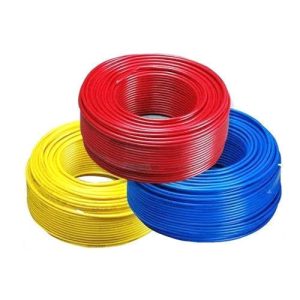
Because of its low cost, dependability, and high strength-to-weight ratio, ACSR, also known as aluminum conductor steel reinforced, has a proven track record of longevity in service. When paired with the strength of the steel core, the lightweight and high conductivity of aluminum permits higher tensions, less sag, and longer spans than any other choice.
STRUCTURAL COMPOSITION A solid or concentric-stranded central steel core is encircled by one or more layers of concentric-stranded aluminum alloy 1350. A zinc coating has been applied to the wire so that it will not corrode.
Additional Standards include ASTM B-232 for Concentric Lay Aluminum Conductors; ASTM B-230 for Aluminum 1350-H19 Wire Used for Electrical Purposes; and ASTM B-498 for Zinc-Coated (Galvanized) Steel Core Wire Used for ACSR.
acsr cable cutter
When it comes to user cable and wire cutters, any hardware specialist will tell you there’s nothing quite like having the correct equipment for rapid & effective cutting of wires, metal, and aircraft cables of varying diameters.
These critical tools are often used by hardware enthusiasts, contractors, and engineers in the construction, marine, telecommunications, aerospace, and locomotive industries. The diversity in sorts is huge with each having its own pros and cons particular to your activity.
Consider the Type of Wire to be Cut
When picking a wire cutter tool, first evaluate the type of wire to be cut. Guy Wire, ASCR (Aluminum Conductor Steel-Reinforced cable) or other hard wires. ACSR is a form of high-capacity, high-strength stranded conductor primarily used in overhead power lines.
Standard wire cutters are suitable for soft copper or aluminum.
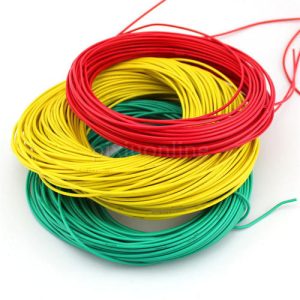
Wire rope explained: The most typical tiny diameter cables are 1×19, 7×7 and 7×19.
1×19 wire rope is exceedingly stiff and non-flexible. 19 separate packages stranded together.
7×7 wire rope has moderate flexibility. 7 separate bundles of 7 strands bundled together.
7×19 aviation cable is exceedingly flexible consisting of multiple strands of small separate cables that are bundled together. Seven groups of 19 separate wires are stranded together.
For in-depth information on all forms of wire rope, please refer to this page.
Various Forms Of Wire Cutters And Swagers
Take a look at the list of different sorts of cutters provided in the following instructions to jumpstart your study. Sometimes it’s crucial to be precise with your cutting instrument, and if you’re uncertain, it’s preferable to consult an expert. Once something has been severed, it is typically quite difficult to restore it!
acsr conductor types
Aluminum Conductor Steel Reinforced (ACSR) conductors are prominent among various voltage transmission conductor types. These conductors are renowned for their resilience and robustness.
ACSR conductors are recognized to offer greater strength and conductivity compared to alternative configurations such as All Aluminum Conductors (AAC). Additionally, ACSR lowers undesirable phenomena like skin effects, proximity effects, etc.
Almost universally employed to transport enormous amounts of electricity from one end to the other. Due to their stranded nature, they are simple to move, in contrast to solid conductors, which break during transit and handling concerns. Cost-wise, they are more expensive than alternative combinations. Additionally, they are available for various voltage levels.
What does ACSR Conductor mean?
The moniker ACSR or Aluminum conductor steel reinforced is derived from the conductors’ arrangement. It indicates that the conductors are stranded conductors consisting of a steel central strand and aluminum peripheral strands. Both layers possess distinct functionality. The aim of the aluminum strand is to transmit the voltage. This indicates that the aluminum layer is a conductor.
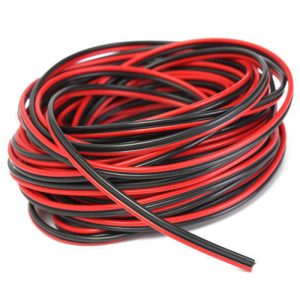
- AAC: All aluminum Conductor • AAAC: All aluminum alloy conductor
- ACSR: Aluminum conductor steel reinforced
- ACSS: Aluminum conductor steel supported
- ACCR: Aluminum composite core reinforced
- ACCC: Aluminum carbon composite core
There is a single categorization of ACSR conductors. It has an amusing moniker.
- Dog: Operating voltage 33/66 kV Carrying capacity at present 300 A
- Panther: 66/132 kV operational voltage Current carrying capacity: 480 A • Voltage rating: 220 kV 735 A is the present carrying capacity
- Moose: Operating voltage 400 kV Actual carrying capacity is 800 Atual carrying capacity is 800 A
Acer wire price:
Get the lowest deal on ACSR aluminum cable conductor steel reinforced price.
As we all know, aluminum conductor production – acsr cable – is quite inexpensive in regions where this metal is abundantly available from local or national mines. This is the only circumstance in which you can reasonably expect to obtain cable of high quality.
The cost of acsr cable is also dependent on its size and number of cores. ACSR wire is composed primarily of aluminum and steel. The aluminum conductor steel reinforced is suited for long-distance power transmission because of its exceptional strength.
It is advantageous to install this acsr cable across a valley, river, or under other unique geographical conditions. In addition, acsr cable has excellent conductivity, therefore it generates less heat when transmitting power. Then it will lessen the issue of the line heating and enhance security.
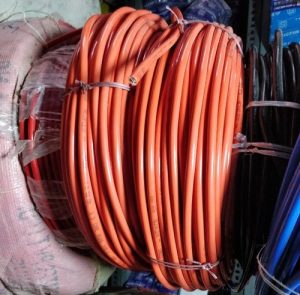
Now I shall describe the sizes of acsr wire. ACSR lapwing conductor, for instance, conforms to ACSR-ASTM-B232 requirements. In terms of area, the aluminum is 805.68mm2 and the steel is 55.48mm2, bringing the total to 861.16mm2.
The acsr lapwing conductor consists of 45 aluminum strands with a 4.77mm diameter. It contains seven steel wires with a diameter of 3.18mm. We may determine through a computation that the approximate diameter is 38.16mm.
The acsr lapwing conductor has a linear mass of 2,667 kg/km. Aluminum has a value of 2232kg/km, while steel has a value of 435kg/km. In addition, the tensile strength is rated at 18702daN and the Maximum D.C. Resistance at 20°C is 0.03595/km. The current grade is 911A.
In general, this acsr cable is manufactured by four processes: wire drawing, bare conductor stranding, extrusion insulation, and coating. The standard acsr wire has its own necessary area, form, and size. Therefore, while purchasing a 1272mcm acsr conductor, you must verify the acsr cable wire diameters. In addition, it is vital to research the reputation of acsr cable suppliers before placing an order.
acsr conductor disadvantages
Despite the numerous advantages of laser cable, there are a number of drawbacks that we shall explain below.
- Extra expense for the cable itself.
- Sun exposure destroys insulation, while the crucial insulation between the wires is partially shielded from the sun.
- Less spans and more poles as a result of increasing weight
- Higher line weights in hilly places necessitate the use of larger, more specialized equipment to repair installations, which can lengthen repair timeframes significantly.
- Older installations are known to create fires in regions where fallen large trees or branches frequently cause breakage in lines and/or insulation, resulting in short circuits that can lead to burning insulation dripping to the ground and igniting ground fires.
- Modes of failure due to punctures, electrical tracking, and erosion.

The most significant advantages of acsr are as follows:
- Relative tolerance to short circuits generated by external forces (wind, falling branches), unless the insulation is abraded.
- Can stand in close proximity to trees/buildings without igniting upon contact.
- Little to no tree trimming is necessary
- Installation is simplified because crossbars and insulators are not required.
- Easier erection and stringing, requiring less manpower and fewer construction resources.
- Installation is possible in a narrower right-of-way.
- Insulating bridging wires are required to link non-insulated wires at junction poles. ABC may eliminate one of these splices.
- Decreased likelihood of a neutral-only break due to tree or vehicle damage, enhancing the safety of TNC’s systems.
- Significantly increased lineworker safety, especially when operating on live conductors.
- Electricity theft is become more difficult and obvious to detect.
- Fewer inspections and maintenance requirements for lines.
- Greater dependability compared to both overhead systems with bare conductors and underground systems. Insulated conductors prevent accidental contact and allow for temporary supply maintenance in the case of suspension system failure.
arcs conductor specifications
Cable Conductors such as acsr are classed based on the material specification from which they are formed. Below is a list of conductor kinds in brief.
- AAC: All aluminum Conductor • AAAC: All aluminum alloy conductor
- ACSR: Aluminum conductor steel reinforced
- ACSS: Aluminum conductor steel supported
- ACCR: Aluminum composite core reinforced
- ACCC: Aluminum carbon composite core
There is a single categorization of ACSR conductors. It has an amusing moniker.
- Dog: Operating voltage 33/66 kV Carrying capacity at present 300 A
- Panther: 66/132 kV operational voltage 480 A current carrying capacity
- Zebra: Operating voltage 220 kV Capacity current 735 A
- Moose: Operating voltage 400 kV Capacity current 800 A

It is very important to note that the current carrying capacity is reliant on the cross-sectional area of the conductor; to put it another way, the cross-sectional area may be determined from the current carrying capacity.
Since the current at both ends of the transformer is rather stable, the conductor dimensions in the transmission line do not significantly alter. As a result, there is no major change in the conductor dimensions.
In a similar fashion, the voltage levels serve as the primary determinant of the insulation level. This is an essential component for certain kinds of apparatus, including buried cable systems.
Transformers are utilized to raise voltage rather than current because this is the major rationale for their application. Increasing the voltage results in a drop in the amount of current flowing through the conductor, which in turn results in a reduction in the overall size of the conductor. As a direct consequence of this, copper losses have been cut, but inefficiency has increased.
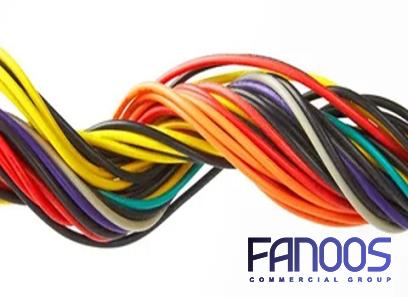
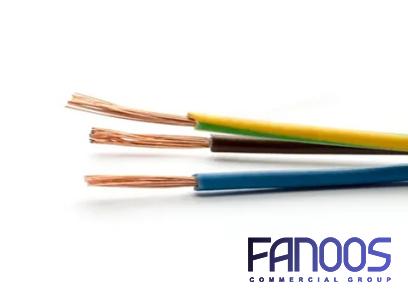
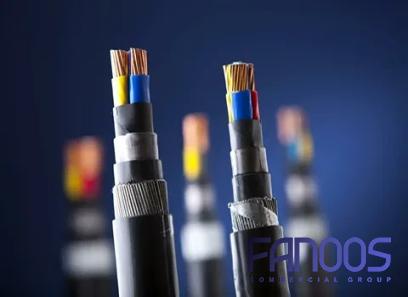
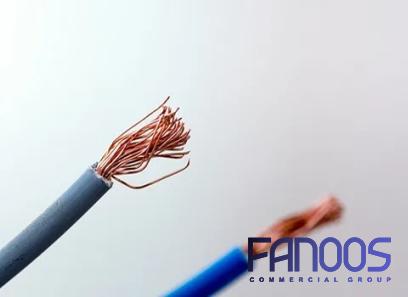
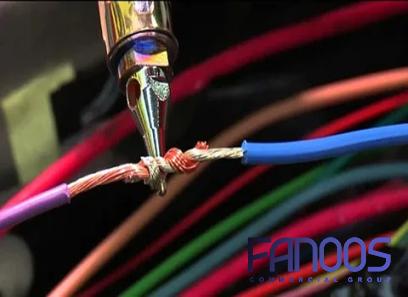
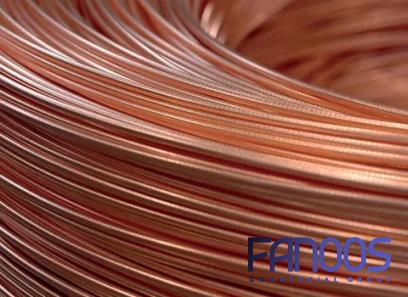
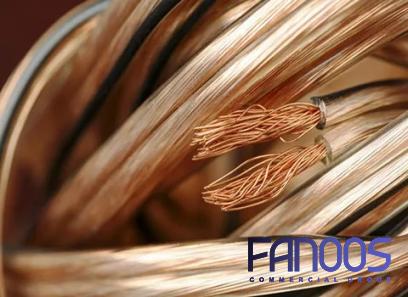
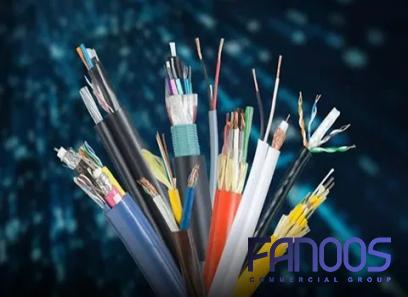
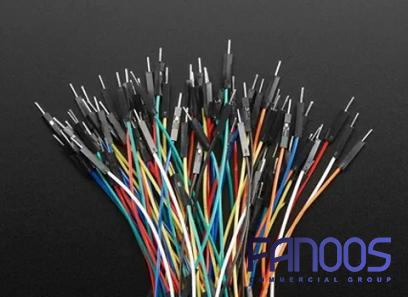
Your comment submitted.